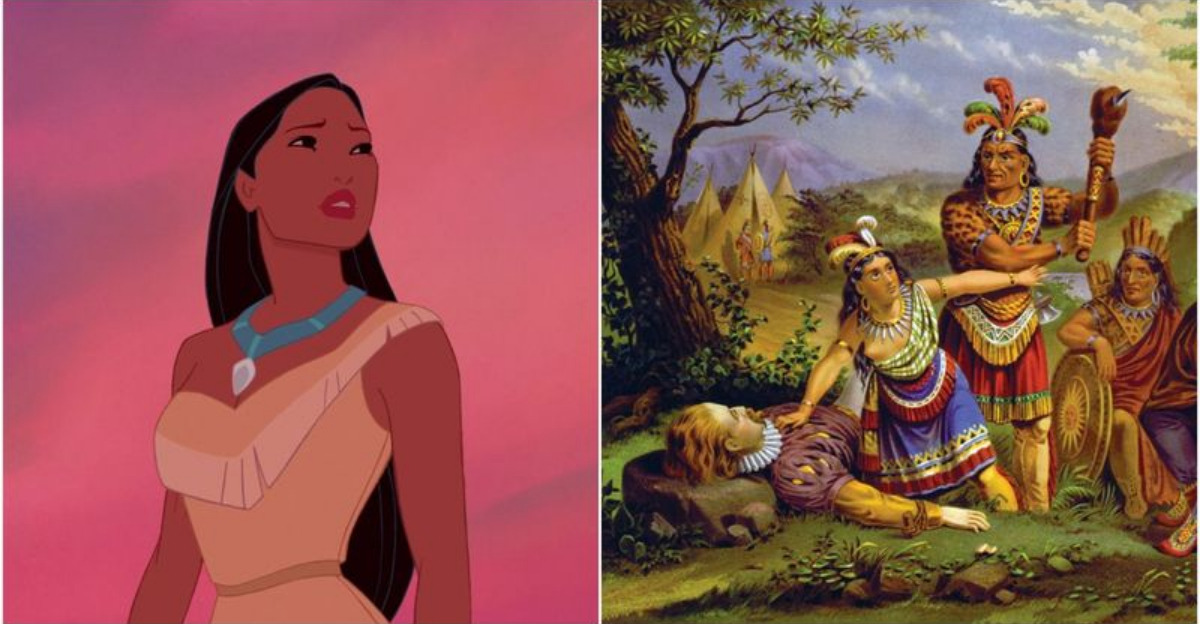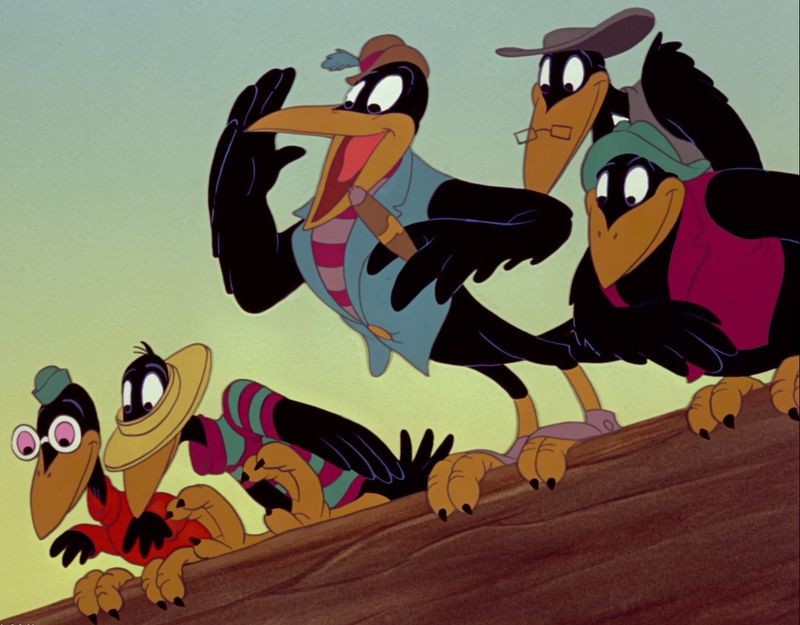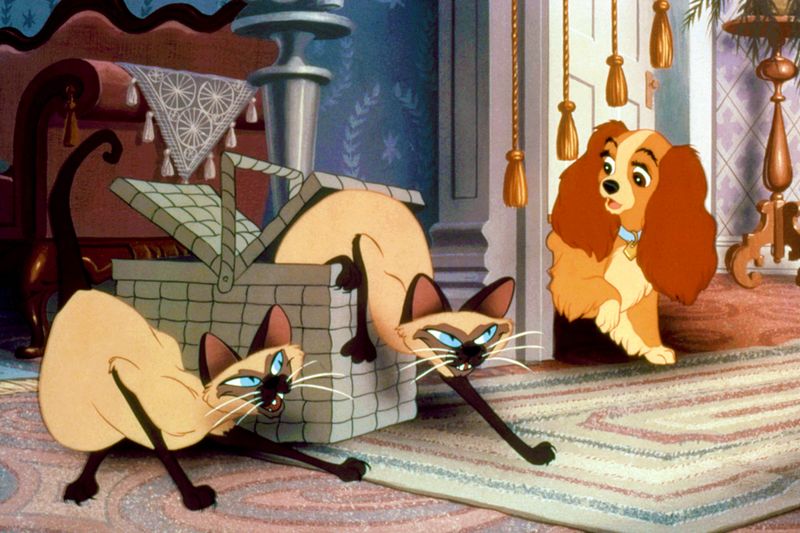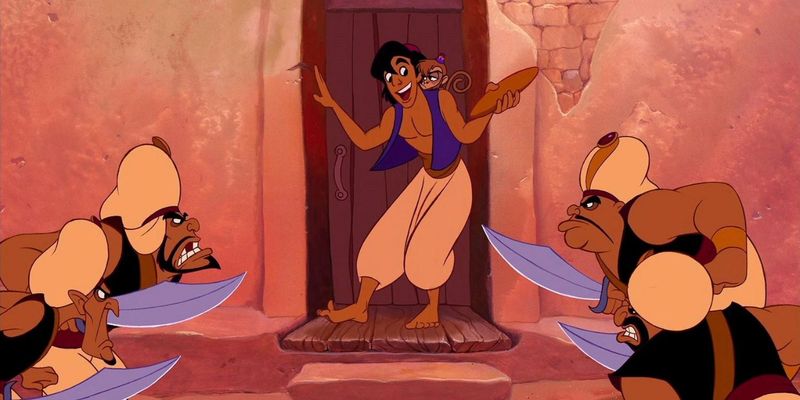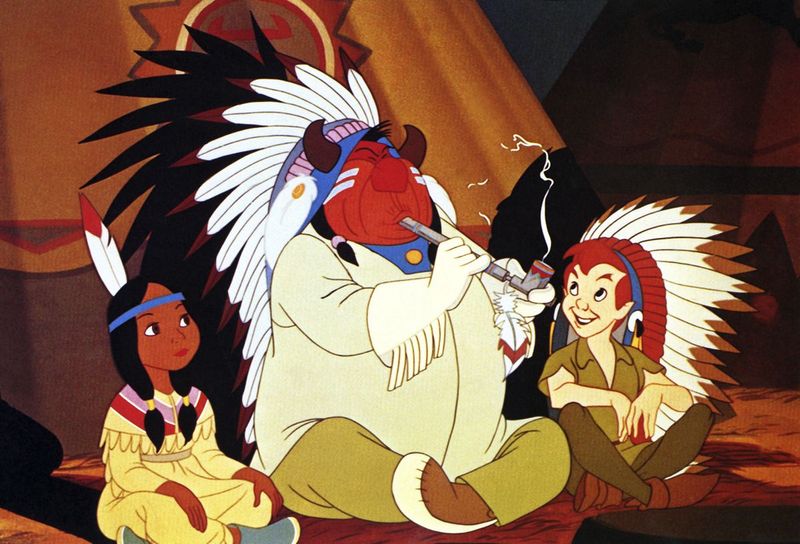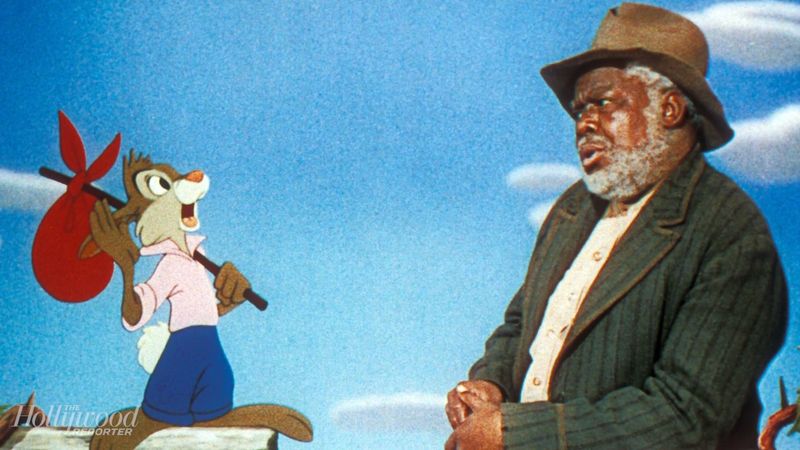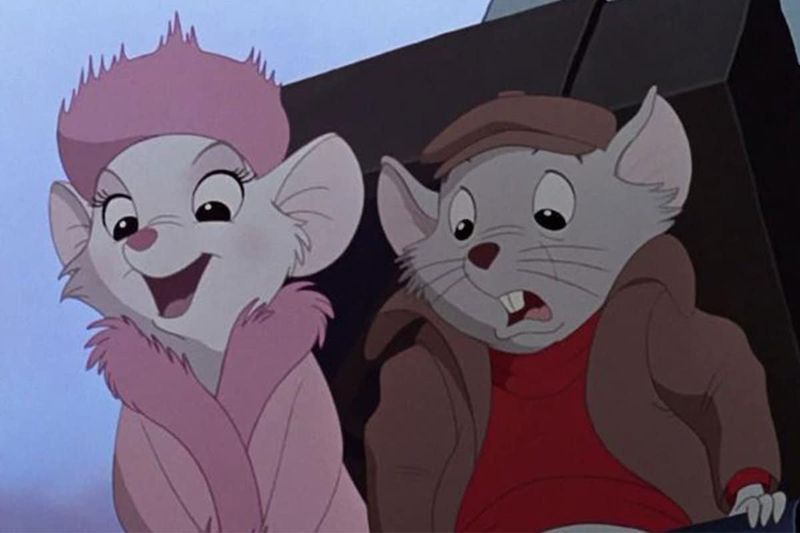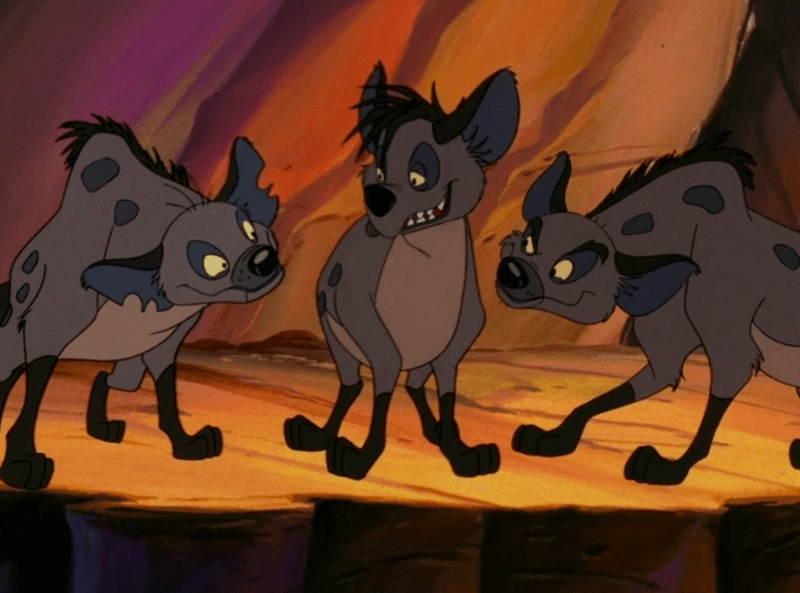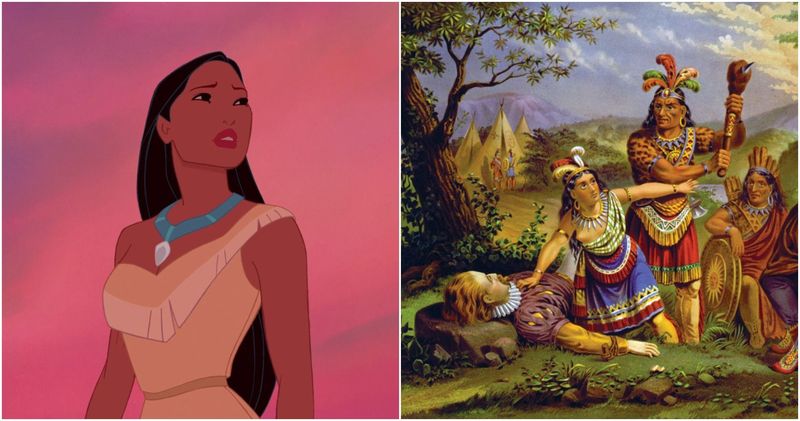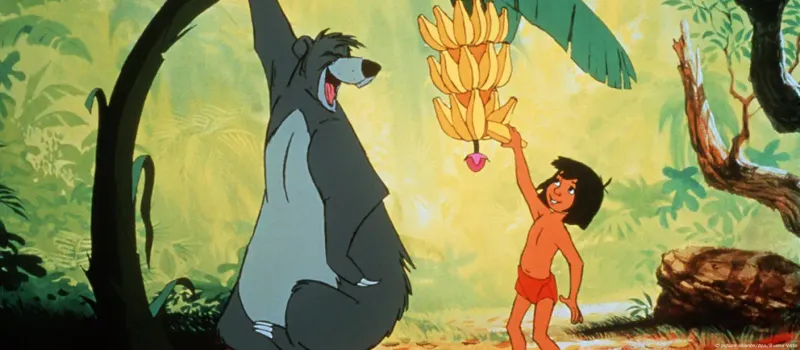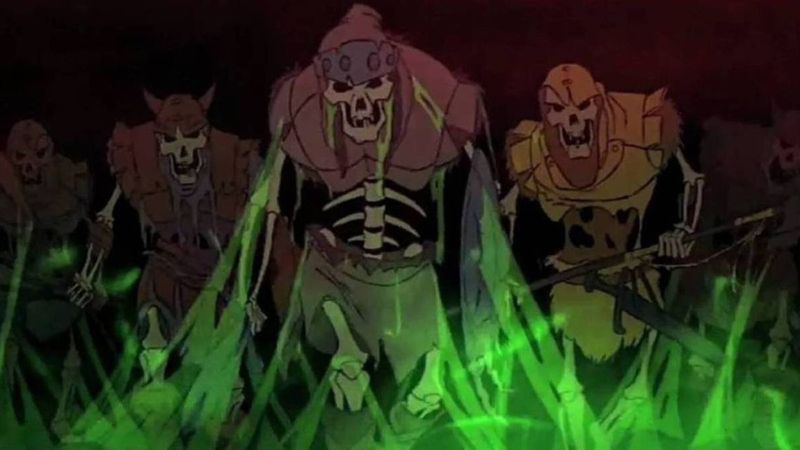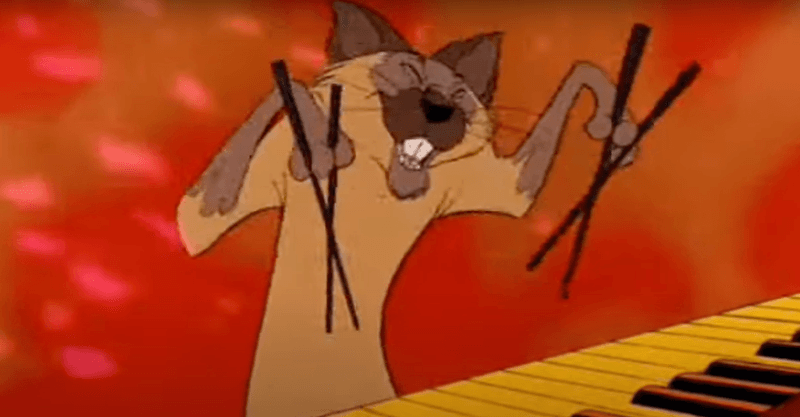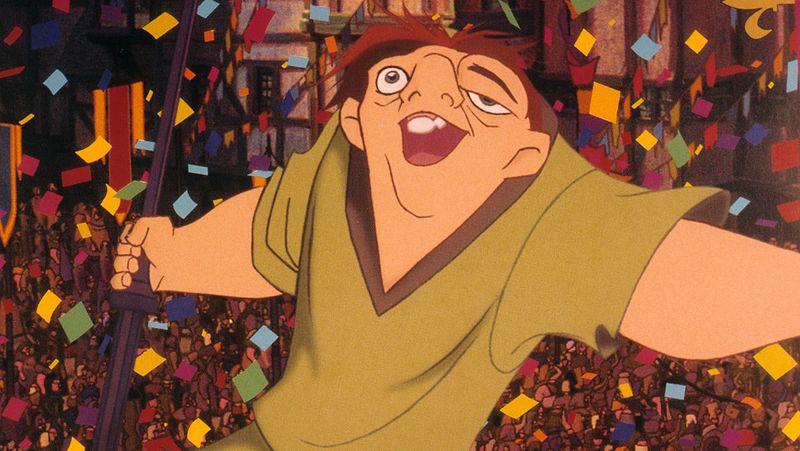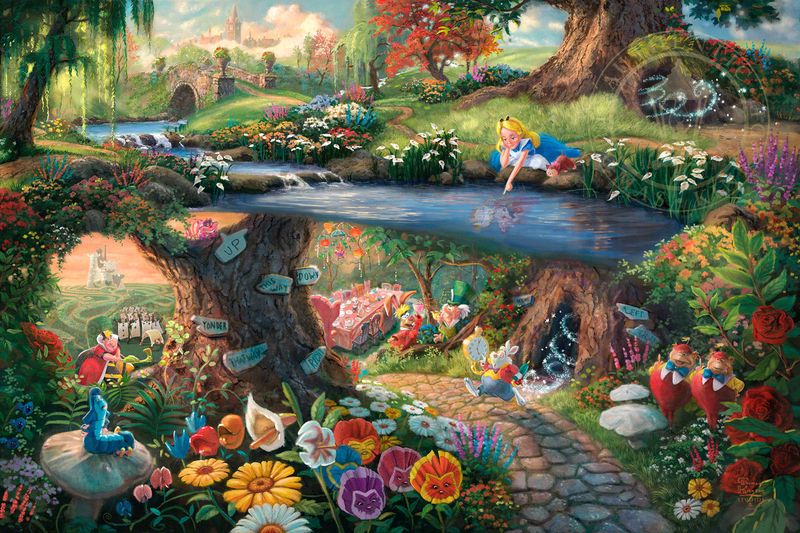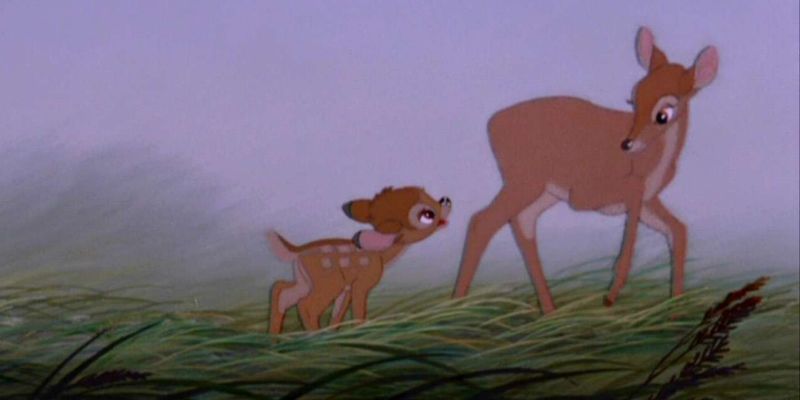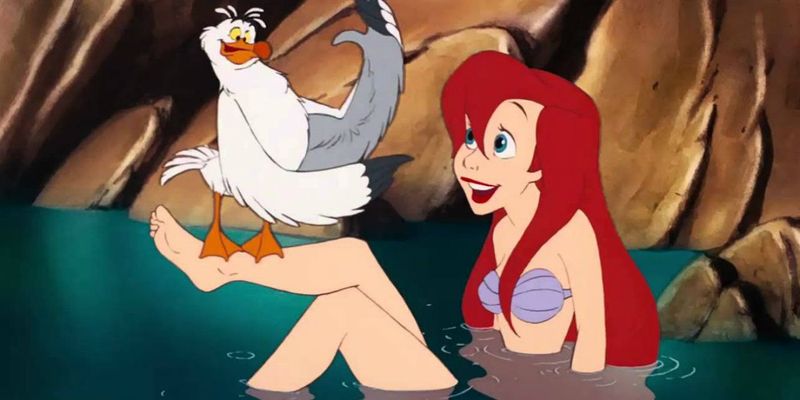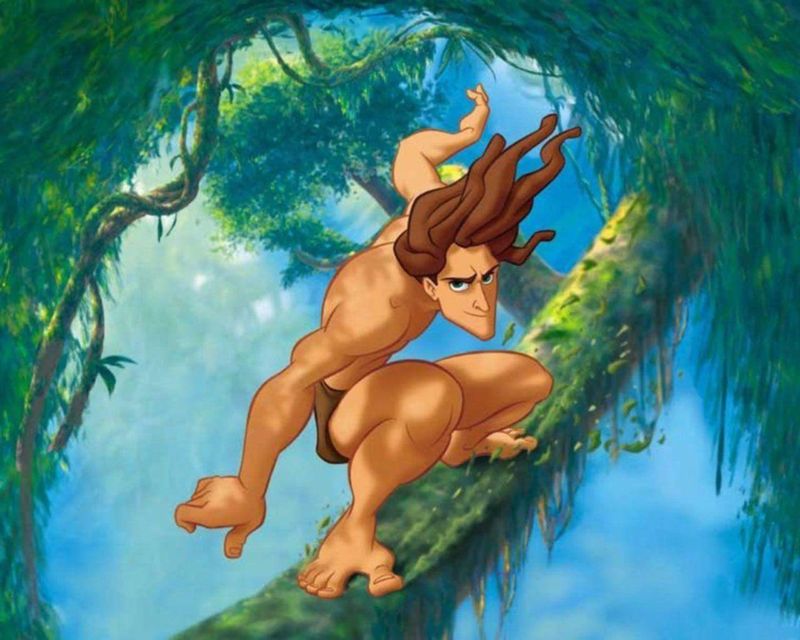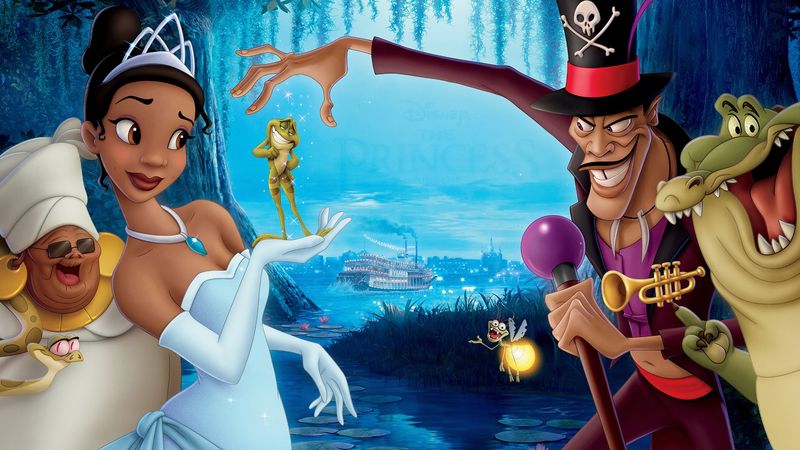Disney has long been celebrated for its magical and heartwarming animated films, yet some scenes have sparked significant controversy over the years.
These moments, from the portrayal of sensitive topics to cultural missteps, have left audiences divided and continue to provoke discussion.
Here, we explore 17 animated scenes that have stirred debate and why they remain contentious today.
1. Dumbo’s Crows and Racial Stereotypes
In “Dumbo,” the group of crows that help Dumbo fly have been criticized for embodying racial stereotypes. The lead crow, named Jim Crow, is particularly contentious due to its reference to the segregation laws of the same name.
These characters, though meant to be comical, are seen as an insensitive portrayal of African Americans. The scene remains controversial as it highlights the insensitivity present in early animation.
While some defend it as a reflection of its time, others call for acknowledgment of its problematic nature to educate modern audiences.
2. The Siamese Cats in Lady and the Tramp
The Siamese cats in “Lady and the Tramp” are often cited as examples of racial caricature. Their slanted eyes, exaggerated accents, and stereotypical behavior reflect outdated and harmful representations of Asians.
The song they sing, with its mocking tone and lyrics, contributes to the perpetuation of these stereotypes. Despite being a minor part of the film, their presence has continued to spark conversations on cultural sensitivity.
Critics argue that representations like these influence perceptions and reinforce negative stereotypes, which is why they remain a focal point of controversy.
3. Aladdin’s “Arabian Nights” Introduction
The opening song “Arabian Nights” in “Aladdin” faced backlash for its original lyrics, which some considered derogatory. Phrases referring to the Middle Eastern setting as “barbaric” were deemed offensive, prompting changes in subsequent releases.
This scene’s controversy underscores the importance of respectful cultural representation in media. While the vibrant depiction of Agrabah is mesmerizing, the initial insensitivity led to important discussions on how cultures are portrayed in Western media.
Such changes reflect a growing awareness and commitment to authentic and respectful representation.
4. The Native American Portrayal in Peter Pan
In “Peter Pan,” the depiction of Native Americans is a source of ongoing controversy. The characters are portrayed with exaggerated features and speak in a stereotypical manner, reducing a rich culture to simplistic caricatures.
The song “What Makes the Red Man Red?” further perpetuates these stereotypes, trivializing complex cultural identities. Critics argue this scene contributes to the erasure of authentic Native American voices.
This portrayal has sparked calls for greater awareness and sensitivity in representing Indigenous cultures in media, highlighting the need for respectful and accurate depictions.
5. Song of the South’s “Zip-a-Dee-Doo-Dah”
Disney’s “Song of the South” is notorious for its portrayal of racial stereotypes and a romanticized view of the plantation era.
The iconic song “Zip-a-Dee-Doo-Dah” is performed by Uncle Remus, a character whose joyful demeanor belies the historical context of slavery. Critics argue that this scene glosses over the harsh realities of African American life during and after slavery.
Despite its catchy tune, the song’s association with controversial themes continues to generate heated debate. Many feel it perpetuates problematic narratives, leading Disney to limit its distribution.
6. The Rescuers’ Hidden Image Controversy
In “The Rescuers,” controversy arose when a hidden image of a topless woman was discovered in the background of a scene. This discovery, which led to a recall of the film’s home video release, raised concerns about the oversight in children’s media.
Although Disney acted swiftly to remove the image, the incident underscores the importance of vigilance in media production.
It sparked discussions about subliminal messages and their potential impact on young viewers. This notorious scene remains a reminder of the responsibility filmmakers have in ensuring appropriate content for all audiences.
7. The Hyenas in The Lion King
The hyenas in “The Lion King” have been criticized for their negative portrayal, which some interpret as an allegory for marginalized communities. Voiced by actors with distinct ethnic backgrounds, the hyenas are depicted as outcasts living in poor conditions.
Critics argue that this reinforces negative stereotypes about race and social class. Despite the film’s popularity, this aspect has sparked debate about representation and inclusivity in animation.
Advocates for change highlight the need for diverse and nuanced characters that do not perpetuate harmful stereotypes, reflecting broader societal issues.
8. Pocahontas’ Historical Inaccuracies
“Pocahontas” is both celebrated and critiqued for its portrayal of Native American history. While the film offers a strong, independent female protagonist, it significantly alters historical events, romanticizing a complex and painful past.
Critics point out the inaccuracies in Pocahontas’ age and her relationship with John Smith, arguing that it simplifies and distorts reality. These creative liberties, although intended for storytelling, perpetuate myths about Indigenous cultures.
The film sparks ongoing discussions about the balance between creative expression and historical fidelity, urging filmmakers to handle cultural narratives with care.
9. The Jungle Book’s “Colonial” Overtones
“The Jungle Book” has faced criticism for its perceived colonial undertones and character representations. The film, set in India, features animals that symbolize different societal roles, with some critics viewing Shere Khan as a depiction of British colonial authority.
This allegorical reading suggests an imbalanced power dynamic, where colonial narratives are subtly reinforced. While beloved for its music and characters, “The Jungle Book” invites reflection on how colonial histories can shape storytelling.
Critics advocate for conscious portrayals that consider the cultural and historical contexts of their settings.
10. The Black Cauldron’s Dark Imagery
“The Black Cauldron” is often remembered for its dark and intense imagery, which was deemed too frightening for its intended young audience. The film’s eerie tone, coupled with moments of horror, led to it being edited for release.
Critics argue that the film’s approach to darkness was excessive, overshadowing its narrative potential. Despite being a visual spectacle, the controversy highlights concerns about appropriate content for children.
As Disney’s bold venture into darker themes, it remains a point of debate on balancing artistic expression with audience sensitivity.
11. The Aristocats’ Chinese Cat Stereotype
In “The Aristocats,” the character of the Chinese cat, Shun Gon, is criticized for its stereotypical portrayal. The exaggerated features and mannerisms, including playing the piano with chopsticks, reinforce negative Asian stereotypes.
This portrayal reflects a broader lack of cultural sensitivity in media from the era. While intended for humor, such depictions have lasting impacts on audience perceptions.
Critics emphasize the need for media to move beyond reductive stereotypes and embrace nuanced representations. This scene serves as a reminder of the ongoing journey towards inclusivity and respect in storytelling.
12. Hunchback of Notre Dame’s Religious Imagery
“The Hunchback of Notre Dame” is praised for its ambitious themes but criticized for its intense religious imagery.
The film explores complex themes of sin, redemption, and morality, often using heavy religious symbolism. Some viewers find this portrayal too intense for children, blurring the lines between family entertainment and adult themes.
While the narrative’s depth is commendable, the film’s execution of religious elements sparked debate on appropriateness.
Discussions continue on how animated films can handle mature themes without alienating younger audiences, ensuring a balance that respects diverse viewer sensitivities.
13. Alice in Wonderland’s Psychedelic Imagery
“Alice in Wonderland” is renowned for its whimsical yet psychedelic imagery, which some argue promotes mind-altering experiences.
The fantastical visuals and curious characters create an otherworldly atmosphere that has been linked to the counterculture movements of the 1960s.
While celebrated for its creativity, this association sparked controversy over its influence on perceptions of reality.
Critics discuss the implications of such imagery in children’s media, questioning the boundaries of fantasy and its effects on young minds. The film remains a vivid exploration of imagination, sparking diverse interpretations and debates.
14. Bambi’s Heartbreaking Opening
The opening scene of “Bambi,” where Bambi’s mother is killed by a hunter, is one of the most poignant and controversial moments in Disney’s history.
This heartbreaking scene introduces young viewers to the realities of loss and mortality, sparking debates about its appropriateness for children.
While the film is praised for its emotional depth, some argue that the intensity of this moment may be distressing for younger audiences.
It raises questions about the balance between storytelling and sensitivity, underscoring the complex relationship between entertainment and emotional impact.
15. The Little Mermaid’s Sexualization of Ariel
“The Little Mermaid” faced criticism for its portrayal of Ariel, particularly in terms of sexualization. Ariel’s design, with her revealing seashell bikini, has been scrutinized for presenting unrealistic body standards and objectifying the character.
Critics argue that such depictions can influence young viewers’ perceptions of beauty and self-worth. Despite the character’s strong-willed nature and adventurous spirit, the focus on appearance remains a point of contention.
This controversy highlights ongoing discussions about the portrayal of female characters in media, advocating for diverse and empowering representations that resonate with audiences.
16. Tarzan’s Lack of Cultural Representation
“Tarzan” has been critiqued for its lack of cultural representation, particularly the absence of African people in its setting. The film centers on Tarzan’s journey and his relationship with Jane, overlooking the continent’s rich cultural diversity.
Critics argue that this omission contributes to a skewed portrayal of Africa, focusing instead on a Western narrative. The film raises important conversations about the responsibility of filmmakers to accurately and respectfully represent different cultures.
Advocates for change urge creators to broaden their storytelling perspectives, ensuring inclusivity and authenticity in their narratives.
17. The Princess and the Frog’s Racial Undertones
“The Princess and the Frog” is celebrated for featuring Disney’s first African American princess, yet it has faced scrutiny for its racial undertones.
Some critics point out that Tiana spends much of the film as a frog, limiting her representation as a human character. Additionally, the depiction of voodoo elements sparked discussions on cultural sensitivity.
Despite these concerns, the film is praised for its vibrant depiction of New Orleans and Tiana’s inspiring persona. It underscores the importance of diversity in media and the ongoing journey toward accurate and respectful representation of all cultures.
